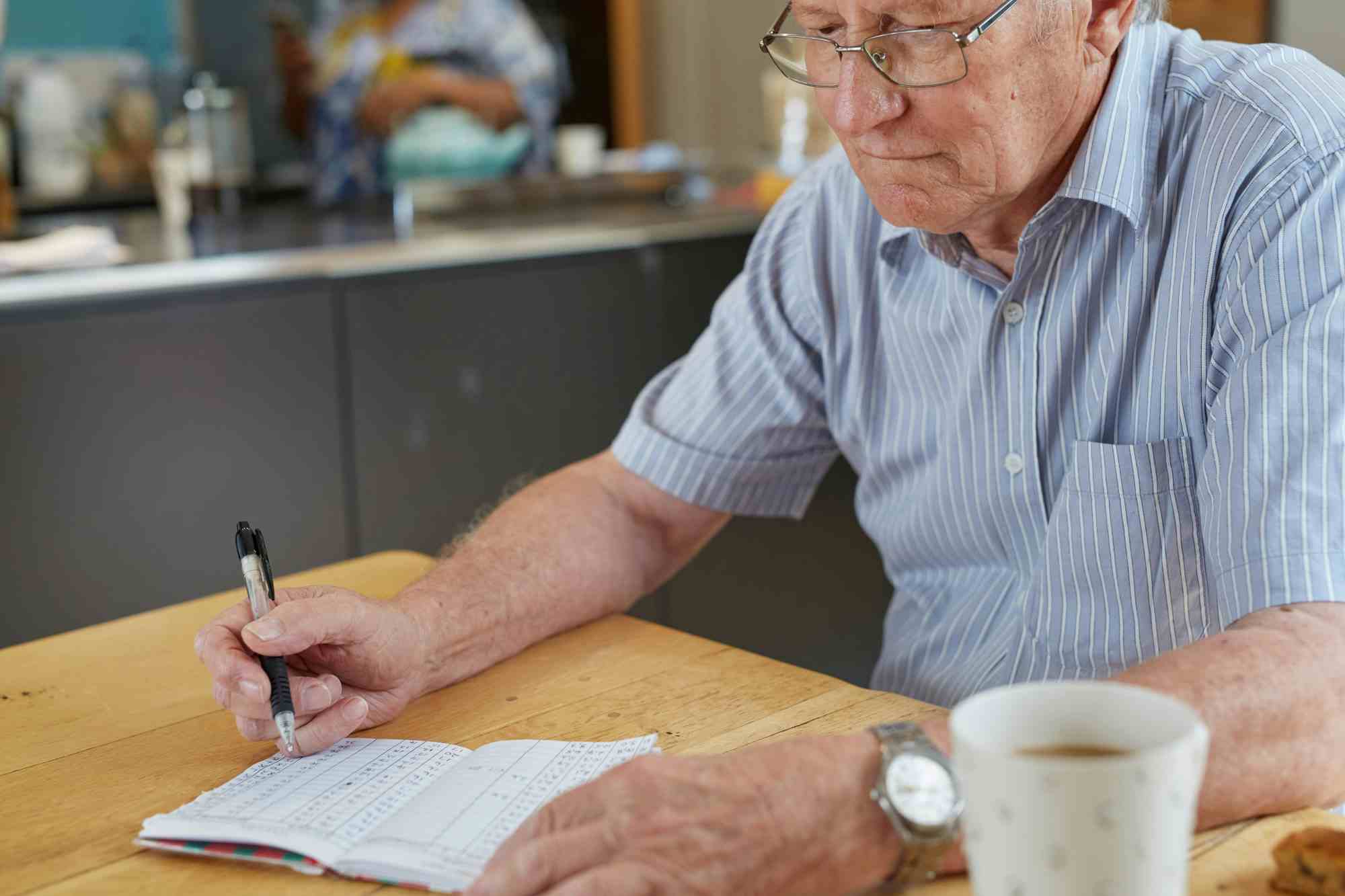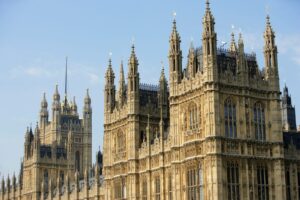Cost of minimum retirement lifestyle drops according to PLSA, but experts warn of pension shortfalls
The Pensions and Lifetime Savings Association (PLSA) has today released its latest update to the Retirement Living Standards (RLS), revealing a drop in the annual cost of a minimum retirement lifestyle for a two-person household to £21,600. The reduction, attributed to falling energy prices and a shift in public expectations for this standard of living, is a rare bit of good news for retirees navigating a post-inflation economy.
In contrast, the cost associated with moderate and comfortable retirement lifestyles has risen modestly, reflecting the continued impact of inflation on everyday spending, partially offset by easing utility bills.
You can find full coverage of the PLSA’s initial update here as it broke earlier today on IFA Magazine.
The easing of inflation offers retirees some breathing space. Experts from across the industry have been digesting the detail of the PLSA’s analysis and having been sharing their reaction to the key points with us as follows:
Tom Selby, director of public policy at AJ Bell, welcomed the reduction in the minimum retirement cost as a sign that the worst of inflation may be behind us.
“The good news for retirees is that the pain of rocketing inflation is now easing,” said Selby. “While the ‘moderate’ and ‘comfortable’ living standards have seen marginal increases, these are significantly below the eye-watering rises we saw off the back of the cost-of-living crisis in the early 2020s.”
However, Selby cautioned that high living costs are likely here to stay, and that the size of pension pots required to meet even a moderate standard of retirement may still be “staggeringly high.”
“Being told you need to build a pension pot worth £500,000 plus to enjoy a decent standard of living in retirement might feel intimidating,” he added. “The key is to focus on saving as much as you can afford from as early as possible.”
He also warned that the current minimum auto-enrolment contributions are unlikely to deliver the desired outcomes for most savers.
“Anyone on minimum contributions – currently set at 8% of earnings between £6,240 and £50,270 – is at risk of falling well short of their retirement expectations.”
According to Pete Glancy, Head of Pension Policy at Scottish Widows, there are two ways to improve people’s standard of living in retirement. He comments: “One is to increase people’s incomes through a larger pension, the other is to reduce living costs. The PLSA have reflected the current short term reduction in energy costs through into a reduced living costs forecast. Other major living costs include housing and transport. Investing in our infrastructure to deliver long term reductions in energy, housing and transport costs will go a long way to improving the standard of living experienced by pensioners in the future.”
What does the 2024/25 RLS look like in real terms?
The PLSA’s updated RLS data offers a breakdown of retirement lifestyles, from modest to more aspirational. Even the minimum standard includes one UK holiday per year and occasional social outings, aiming to reflect a realistic, not just bare-bones, lifestyle.
At the moderate level, retirees can expect a Mediterranean package holiday and a UK weekend break. A comfortable lifestyle includes a four-star Mediterranean trip with spending money and three UK getaways annually.
Consumers underestimate the cost of retirement
Sarah Pennells, Consumer Finance Specialist at Royal London, described the standards as invaluable for helping savers understand how their lifestyle goals translate into real financial targets.
“We know that many people are not saving enough to have the lifestyle they would like in retirement,” said Pennells. “Understanding the costs of retirement enables people to see how saving into a pension can help them achieve the lifestyle they want.”
Her concern is echoed by Alexandra Loydon, Group Advice Director at St. James’s Place, who called the figures a wake-up call for UK savers.
“One in five UK adults believe they’ll only need a total retirement pot of £50,000 to live moderately well in retirement,” said Loydon, citing recent SJP research. “That’s deeply worrying when a single person now needs £31,700 a year to meet the moderate standard.”
She also reminded advisers and clients that the minimum standard, although lower than before, only covers basic needs and excludes costs like car ownership.
Retirement planning can feel daunting, but today’s figures from the PLSA should encourage savers to consider the lifestyle they want later in life and begin planning how to get there.
Need for reform and personalised planning
Gail Izat, Managing Director for Workplace and Retail Intermediary at Standard Life (part of Phoenix Group), said the RLS remains a crucial communication tool in engaging savers of all ages with their financial future.
“Saving for retirement can seem abstract and overwhelming,” said Izat. “The standards give people a clear and relatable benchmark.”
She also pointed to the increased financial pressure faced by those retiring alone. Standard Life’s research has shown that single-person households require significantly higher savings to reach the same lifestyle as couples—an issue that requires greater recognition in retirement planning.
“Auto-enrolment minimums of 8% simply aren’t enough,” said Izat. “Someone starting work at 22 and retiring at 68 might need to contribute around 11% of their salary throughout their career – including the state pension – to reach a moderate standard of living.”
Responding to the findings, Sue Doughty, Partner at Aptia, said: ‘At first glance these figures look positive, and we should all welcome the fact that the cost of living in retirement is no longer rising rapidly. But dig a little deeper and I’m not sure the news is quite so positive for women who are planning retirement.
‘The PLSA estimates that a single person living alone on the full state pension would need a pension fund worth between £330,000-£490,000 to buy an annuity if they are to achieve a moderate standard of living.
‘We know that when it comes to getting older, more women than men live alone – 36% in 2021 compared with 23% for men. When you combine this with Aptia data which shows that on average, women only receive half the pension of men, then we can see how they are at a disadvantage.
‘What can the pensions industry do to address this? Research shows that just over a quarter of the population haven’t checked their pension savings over the past year – or indeed at all. We should be using the data we hold as an industry to understand people’s needs and engage with them to make informed choices for the future.
‘The PLSA’s standards are a valuable benchmark, but only if they are used to help people focus on their retirement options and take control of their pensions at an earlier stage.’
What do these data mean for advisers?
While today’s update offers some cause for optimism, particularly for those targeting a minimum lifestyle, the message from across the pensions industry is clear: minimum contributions alone won’t cut it.
As advisers help clients navigate the changing landscape of retirement planning, tools like the RLS can be essential in setting expectations, shaping goals, and providing a clearer picture of what’s needed to enjoy life after work. With pensions policy constantly under the industry’s microscope, calls are growing louder for the next phase of reform to address these gaps head-on.















